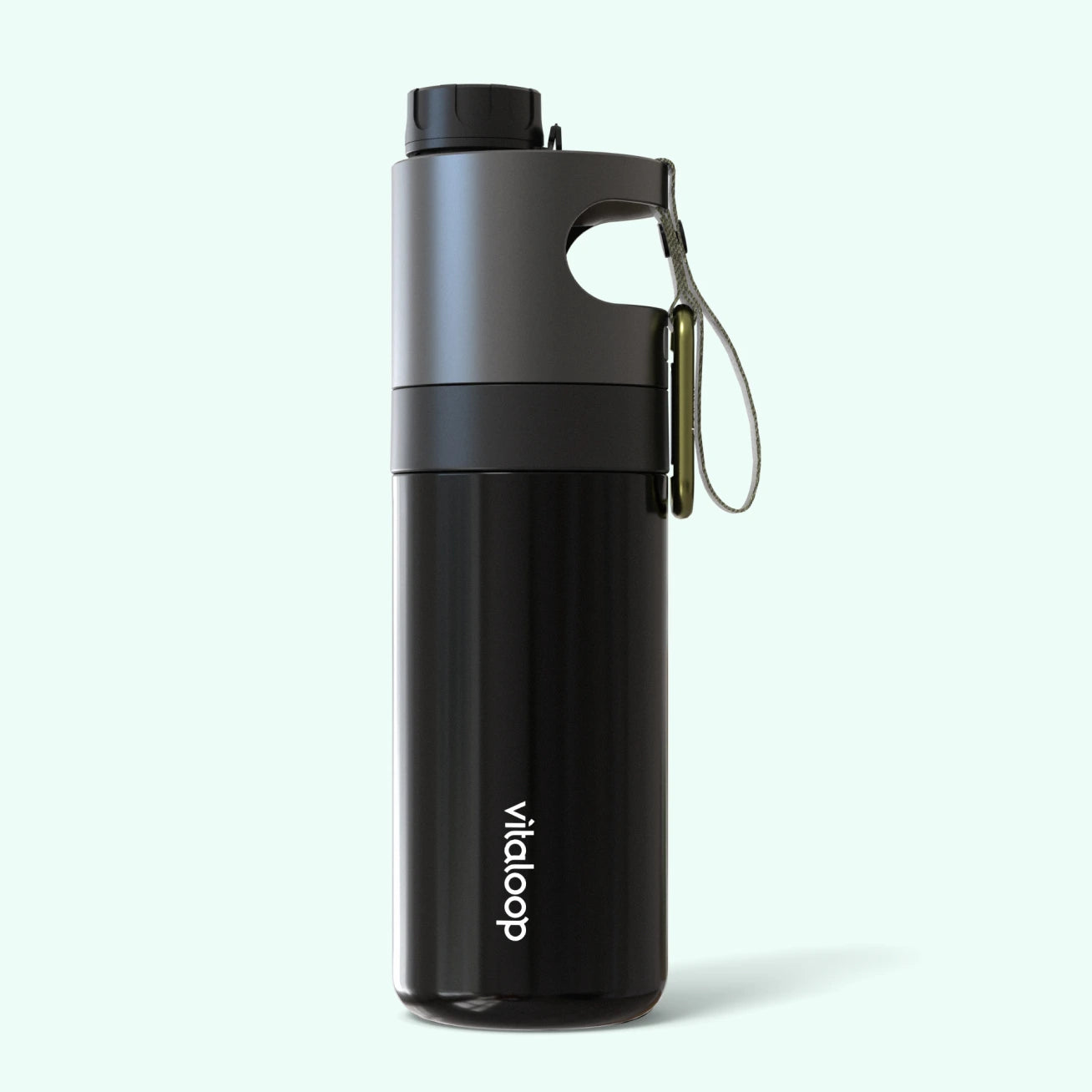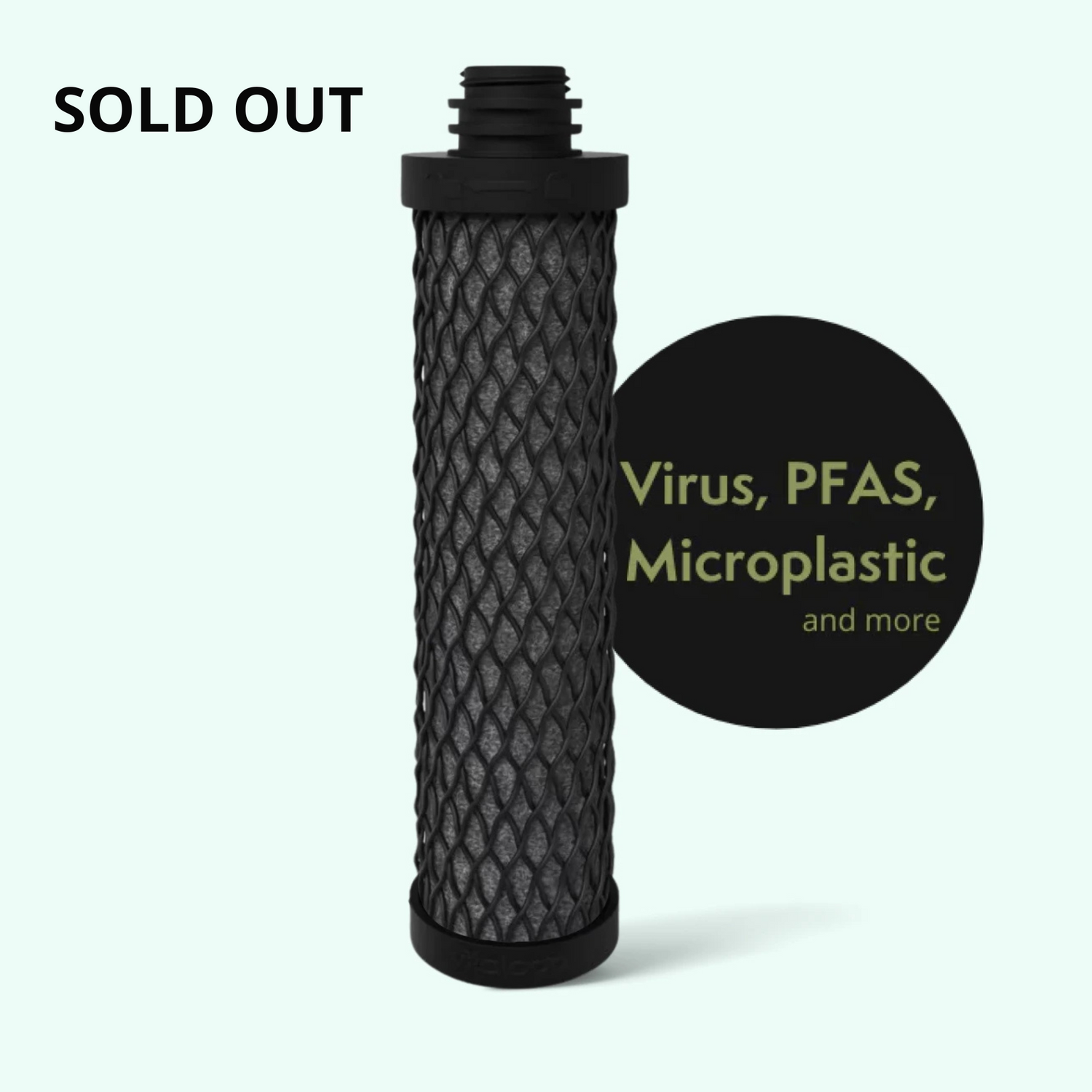The Pros and (many)Cons of UV Light Purification
Let’s talk about UV light. It’s a popular method for purifying water and is often praised for its ability to neutralize harmful microorganisms like bacteria and viruses. Sounds great, right? But here’s the catch: while UV light has its perks, it’s not the all-in-one solution you might think it is. Let’s break it down—the good, the bad, and why better options exist.
How Does UV Light Work?
UV water purification uses ultraviolet light to zap bacteria and viruses, disrupting their DNA so they can’t reproduce. Essentially, it kills harmful microorganisms without adding chemicals to your water. It’s fast, clean, and effective—but not ideal.
What Are the Claims of UV Water Purification?
-
No Chemicals Needed
Unlike chlorine or other treatments, UV doesn’t introduce anything into your water. It keeps things natural and clean. -
Eco-Friendly
With no chemicals or byproducts, UV purification is kind to the environment. -
Quick and Convenient
UV systems work almost instantly, making them a handy option when you need purified water fast.
The Downsides You Can’t Ignore
Doesn’t Remove Non-Biological Contaminants
Contaminants like PFAS, heavy metals, and microplastics are becoming more common in our water supply. UV light is powerless against these. While it might kill a harmful microorganism, it won’t eliminate the chemical or physical pollutants that seriously harm your health. For example, PFAS is linked to serious health issues, including hormonal disruptions and cancer. Heavy metals, like lead, can impair cognitive function and development, particularly in children. Microplastics are even more problematic to avoid, as they’re found in nearly every water source today.
Leaves “Dead” Microorganisms Behind
UV light might kill bacteria and viruses but doesn’t remove their remains. These “dead” microorganisms still float in your water, potentially affecting its taste or clarity. Even worse, some studies suggest that dead bacteria can still trigger immune system responses in specific individuals.
Needs Clear Water to Work
For UV light to be adequate, the water needs to be precise. Any dirt, particles, or turbidity can block the UV rays, reducing their ability to neutralize microorganisms. If your water source is murky or contains sediment, you’ll need a pre-filtration system to clean it up before UV can do its job.
No Help with Taste or Smell
UV purification won't fix if your water tastes metallic, smells off, or appears cloudy. It only tackles biological contaminants, so chemical and aesthetic issues remain unresolved. This is a significant drawback if you’re looking for water that’s safe and enjoyable to drink.
UV light is a helpful tool for water purification, but it has clear limits. UV light is more of a complementary tool, not the full solution for truly clean and safe water.
Enter Vitaloop: The Smarter Choice
At Vitaloop, you shouldn’t have to settle for “just okay” water. Our system exceeds what UV light can do, offering clean, safe, and great-tasting water. Here’s why Vitaloop stands out:
Filters Out Everything That Matters
Our automatic filtration system removes PFAS, microplastics, heavy metals, chlorine, bacteria, viruses—you name it, it’s gone.
Makes Your Water Taste Amazing
By removing impurities, Vitaloop leaves your water fresh, clear, and delicious.
Works Anywhere
Tap water, lake water, river water—it doesn’t matter. Vitaloop handles it all without extra steps or equipment.
Reliable and Automatic
Our automatic pump ensures consistent filtration every time, so you never have to worry about whether your water is safe.
The Takeaway
UV light has its place, but it’s not the best choice if you want water that’s truly clean and safe. With Vitaloop, you get a complete solution that goes above and beyond. Why settle for “good enough” when you can have pure, fresh, and worry-free water?
Common Questions About UV Light for Water Purification
Q: Does UV light kill all microorganisms?
A: UV light is effective against most bacteria, viruses, and protozoa, but its effectiveness can be reduced in cloudy or dirty water.
Q: Can UV light remove chemicals like PFAS or heavy metals?
A: No, UV light cannot remove chemical contaminants or heavy metals. You’ll need a filtration system for that.
Q: Does UV-treated water taste better?
A: No, UV light doesn’t improve the taste or odor of water. It only targets microorganisms.
Q: Is UV light safe for long-term water purification?
A: While it’s safe for killing microorganisms, UV alone isn’t sufficient for long-term water safety due to its inability to remove chemical and physical contaminants.
A Real-Life Example of Why Comprehensive Filtration Matters
Picture this: you’re traveling to a vibrant city, sipping tap water purified by UV light. It seems safe, right? But here’s the catch—those invisible contaminants, like PFAS and microplastics, remain there. These harmful chemicals are increasingly common in urban water supplies; you wouldn’t even know they’re present. When using a system like Vitaloop, you’re not just addressing what’s visible; you’re tackling these hidden dangers to ensure your water is clean and safe.
Ready to make the switch? Check out Vitaloop’s solution down below.




